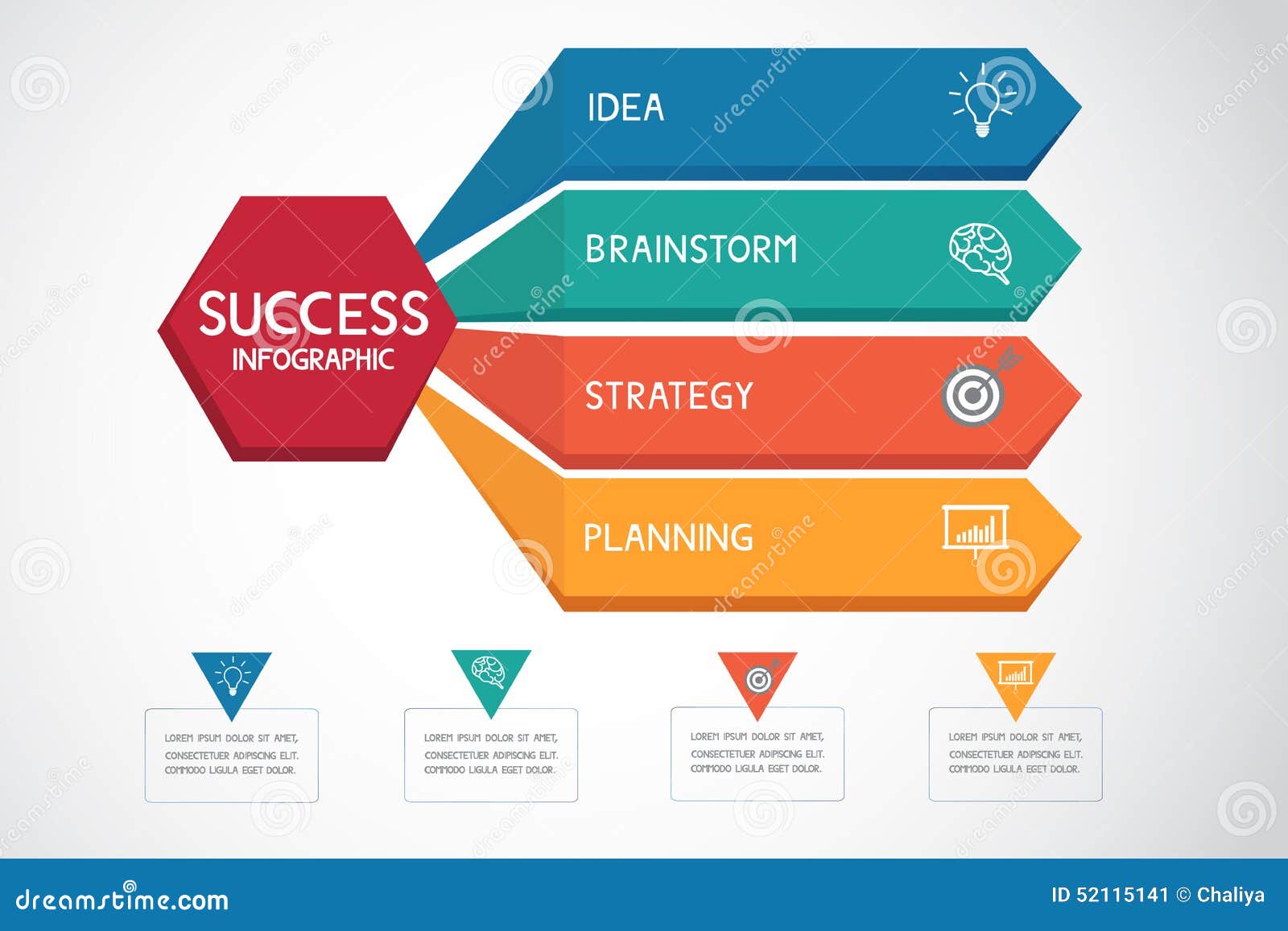Interested In Discovering Exactly How Website Layout Has Advanced? Take A Trip Through The Improvement
Interested In Discovering Exactly How Website Layout Has Advanced? Take A Trip Through The Improvement
Blog Article
Written By-Johnsen Dalby
In the past, internet sites were simple and concentrated on details. Navigating was straight, and layout was for desktops. Currently, user experience is essential. Information overviews layouts for simple navigating. Responsive designs match different devices. Today, dark mode decreases pressure, and minimal food selections boost navigating. Interactive functions involve customers, and strong visuals stand apart. AI integration increases engagement. See exactly how style has developed to boost your on-line journey.
Very Early Days of Web Design
In the early days of website design, simplicity reigned supreme. Internet sites were fundamental, with limited shades, fonts, and layouts. The emphasis was on supplying info rather than showy visuals. https://www.searchenginejournal.com/multiple-locations-content-seo/427932/ accessed the net with slow dial-up links, so rate and functionality were crucial.
Navigation food selections were straightforward, usually located on top or side of the page. Internet sites were designed for computer, as mobile browsing had not been yet common. hop over to these guys was king, and designers prioritized simple readability over complex design aspects.
HTML was the main coding language utilized, and developers needed to work within its constraints. Animations and interactive attributes were very little contrasted to today's requirements. Websites were fixed, with little dynamic content or personalized individual experiences.
Surge of User-Focused Style
With the advancement of website layout, a change towards user-focused style principles has become increasingly popular. Today, producing web sites that focus on user experience is essential for involving visitors and achieving service goals. User-focused design includes comprehending the demands, preferences, and behaviors of your target audience to customize the web site's design, material, and features as necessary.
Designers currently conduct comprehensive study, such as user surveys and use testing, to gather understandings and feedback directly from individuals. This data-driven technique aids in creating user-friendly navigating, clear calls-to-action, and aesthetically enticing interfaces that resonate with visitors. By positioning the user at the facility of the layout procedure, sites can provide an extra personalized and pleasurable experience.
Receptive design has also become a key aspect of user-focused design, making certain that web sites are enhanced for different tools and screen dimensions. This flexibility improves ease of access and use, dealing with the diverse means customers connect with websites today. Basically, the rise of user-focused layout symbolizes a shift towards producing electronic experiences that prioritize the needs and expectations of the end customer.
Modern Trends in Web Design
Discover the current trends forming website design today. One prominent pattern is dark setting style, using a sleek and modern-day look while lowering eye strain in low-light environments. Another essential pattern is minimalist navigation, streamlining food selections and boosting individual experience by focusing on essential elements. Including micro-interactions, such as computer animated buttons or scrolling results, can create an extra engaging and interactive website. Receptive style stays crucial, ensuring seamless customer experiences across numerous tools. Additionally, using bold typography and asymmetrical formats can add visual passion and draw attention to details content.
Integrating AI technology, like chatbots for client support or tailored recommendations, boosts user engagement and streamlines procedures. Accessibility has additionally come to be a significant pattern, with developers focusing on inclusive layout practices to accommodate varied individual demands. Embracing sustainability by optimizing site performance for speed and efficiency is an additional arising pattern in website design. Working together with user feedback and data analytics to iterate and improve layout continually is important for staying relevant in the ever-evolving electronic landscape. By welcoming these modern-day trends, you can create a visually enticing, straightforward site that resonates with your audience.
Conclusion
As you assess the evolution of web site style from the early days to currently, you can see exactly how user-focused design has actually come to be the driving force behind modern trends.
Embrace the trip of modification and adjustment in website design, always keeping the customer experience at the center.
Tippingpointdigital
Stay existing with the current trends and technologies, and never ever stop progressing your technique to produce visually magnificent and user-friendly web sites.
Develop, adapt, and produce - the future of website design remains in your hands.
